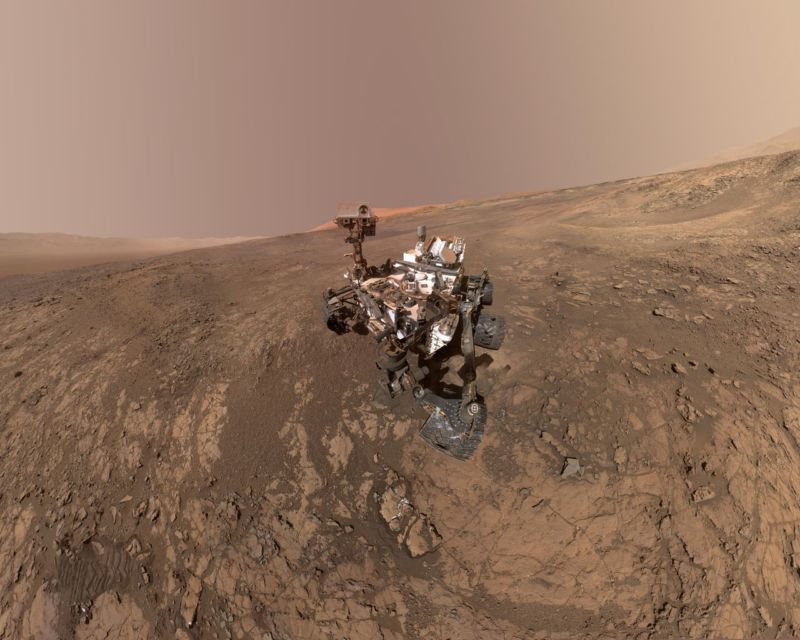The secret to Mars’ past warmth could be beneath Curiosity’s wheels
Ars Technica » Scientific Method 2018-08-09

Enlarge / NASA's Curiosity rover is rolling around where a lake once sat. (credit: NASA/JPL-Caltech/MSSS)
Mars is mostly a red pile of mysteries. In its youth, it was clearly a very different place, even hosting oceans and lakes of liquid water. But apart from wondering whether anything living ever made Mars its home, figuring out how the Red Planet got warm enough to thaw all that water has turned out to be no small thing.
The evidence shows there probably wasn’t enough CO2 to warm up the early Martian greenhouse above the freezing point of water on its own. So might other gases have contributed? One option is simple hydrogen gas (H2). Although two-atom molecules like this typically aren’t greenhouse gases, hydrogen can absorb some infrared radiation in the moment it bounces off other molecules. And it can also react with CO2 to make some methane, which is a potent greenhouse gas.
But was there a source of hydrogen gas on Mars? A team led by Nicholas Tosca of the University of Oxford decided to follow a lead from the rocks beneath the wheels of the Curiosity rover—the mineral magnetite in a rock typical of lake-bottom sediments. The magnetite (which, not shockingly, is magnetic) would have formed within the mud, and that process can produce hydrogen.